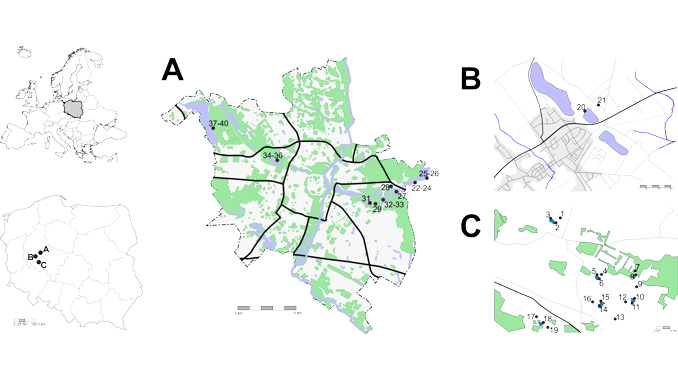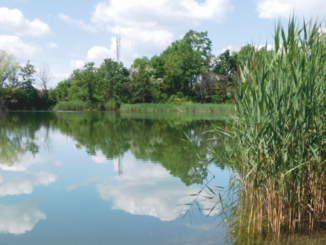
Paper category: Original research paper
Corresponding author: Dariusz Świerk (dariusz.swierk@up.poznan.pl)
DOI: 10.1515/ohs-2018-0038
Received: March 21, 2018
Accepted: May 10, 2018
Full text: here
Citation (APA style):
Abstract
This paper is an attempt to answer the question whether common reed specimens growing in a particular habitat are genetically related. We have tried to identify groups of plants homogeneous in terms of habitat requirements and genetic similarity. Our objective was also to answer the question whether habitat conditions can affect the morphological characteristics of plants. Plants and bottom sediments were collected from 40 sites in central Poland, which differ in soil moisture and the degree of urbanization. Our research and analysis confirm the hypothesis to a certain extent. During the study, we identified three groups of plants homogeneous in terms of habitat and genetic factors (CVA model), which constitute 20% of all examined plants. In our opinion, further research is required on a larger population of P. australis in a larger area. The research revealed that plants growing in moist and wet areas were characterized by higher content of chlorophyll in leaves, longer stems as well as thicker and wider laminae. The common reed plants preferred anthropogenic substrates, which did not contain many nutrients, but were abundant in calcium. Our study confirmed the high tolerance of P. australis to soil salinity.


Bądź pierwszy, który skomentuje ten wpis